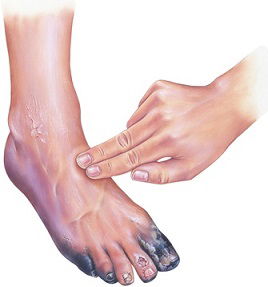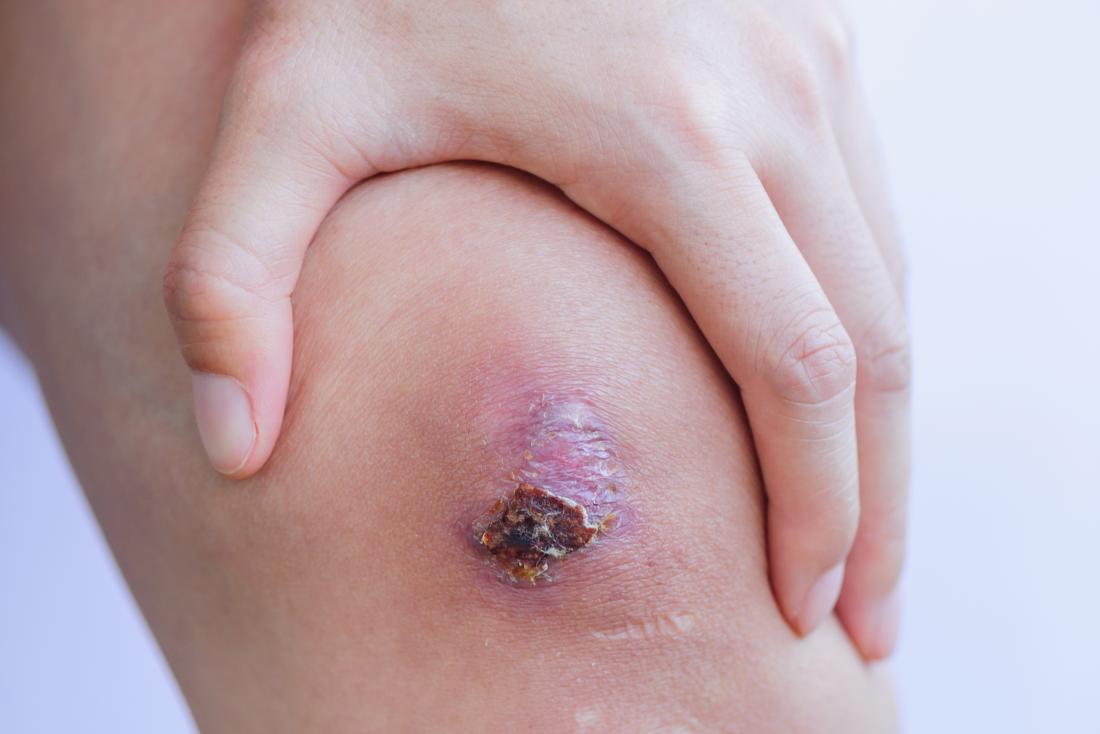A Summary On Infected Wounds — Symptoms, Treatment And Prevention
What Are Infected Wounds?
Any infection in a wound occurs when germs, such as bacteria, enter a break in the skin and start growing within the damaged skin of a wound. The infection may occur in the skin or can affect surrounding tissues or organs close to the wound area. The minor infection in the wound can be treated at home but if the person has a more severe or persistent wound infection must seek the services of Wound Care Surgeons. Here, in this blog, we are explaining the ways to prevent, treat, and recognize an infected wound. Keep reading to know more.

How To Recognize An Infected Wound?
Wounds can become infected when harmful bacteria attack in the break in the skin and slows the healing process. It causes the risks of scars and in some cases, the infection can further spread in the other parts of the body.
Here are a few symptoms of wound infection:
1. Redness and warmth around the wound.
2. Pain, Swelling, or redness near an affected area
3. Yellow or green discharge from the wound
4. Bad odor from pus
5. Feeling fever and cold
6. Pains, vomiting, nausea, etc.
Causes of Infected Wounds
Generally, open wounds are more prone to develop infections as the breakage in the skin invites germs to enter into the skin causing slow healing. Other causes include:
1. A person with diabetes type 1 and 2
2. The cause of the wound is an injury from a contaminated object
3. Animal bite
4. Not taking proper care
5. A person with heavyweight or old age
How To Treat Infected Wounds At Home?
Persons with minor infections can take antibiotics to treat infection and stop further spreading. However, for more severe wound infections, proper medical attention of Infected Wounds Care Specialists is required especially for those with the symptoms such as fever, dizziness, or discharge coming out of the wounds.
You need to follow a few steps to treat infected wounds at home:
1.Your equipment should be cleaned before using it. And if you are using tweezers, make sure to clean them with rubbing alcohol first.
2. Wash your hands with soap and warm water thoroughly. Rinse and dry them.
3. Clean the wound by running warm water over it for several minutes. You can use warm, soapy water but avoid direct use of soap on the wound.
4. Remove debris or any dirt by using either tweezers or gently rubbing the wound with a soft cloth.
5. Apply antiseptic or petroleum jelly to the wound.
6. Dry skin properly before covering it with a bandage.
Pro Tips:
1. Wound dressing should be changed at least once a day.
2. Wash the wound each day but avoid using hydrogen peroxide or iodine on the wound.
3. If the wound does not heal within 1-2 days, see infected wound care experts.
When To See A Doctor?
1. A person with an infected wound needs to see the doctor if:
2. Any symptoms of infection including fever, pain, redness, or drainage from wounds.
3. The wound is large and deep.
4. Complexity in removing foreign material from the wound.
5. If it is a bite or an injury from a contaminated object.

How To Prevent Wound Infection?
Proper cleaning and protecting the wounds can reduce the risks of infection.
1. Wash the wound immediately and clean the skin around the wound.
2. Dry the skin
3. Apply an antiseptic
4. Protect the wound with a suitable dressing
Bottom Line
A wound infection occurs due to bacteria in the affected area and immediately taking proper care including cleaning, and dressing is the best way to prevent infection but for more severe wound infections, you must consult with Bedside Infected Wound Care.
